With every murdered enemy, Putin’s grip on his terrified people grows tighter
From Alexander Litvinenko to Alexei Navalny, the stream of shocking assassinations is meant to subdue a brutalised Russian population.
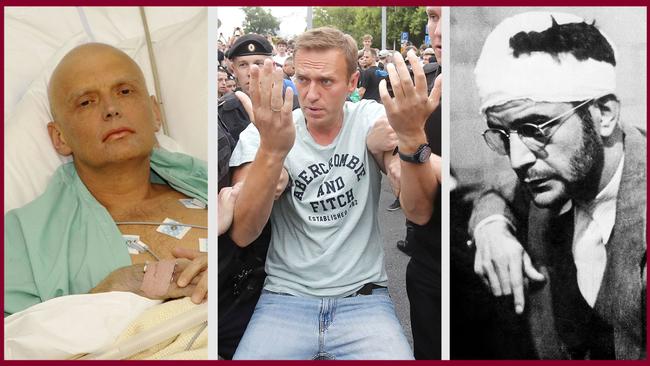
In Russian spy jargon, an assassination hit squad is known as a “Mercader”, after Ramon Mercader, the Spanish communist agent who buried an ice pick in Leon Trotsky’s head as he sat in his study in Mexico City. Mercader was declared a “Hero of the Soviet Union” on his release from prison 20 years later.
Today, Russia’s “Mercaders” are off the leash across the world: from the “Polar Wolf” gulag in the Russian Arctic, where the opposition leader Alexei Navalny was murdered last week, to the underground garage near Benidorm where the bullet-riddled body of the Russian defector Maxim Kuzminov was found a few days earlier.
The weapons deployed for traditional Russian “wet work” (mokroye delo) have changed over time: the ice pick that killed Trotsky and the poisoned umbrella tip that saw off the Bulgarian dissident Georgi Markov have given way to polonium (Alexander Litvinenko), novichok nerve agent (Sergei Skripal), the plunge from the balcony that ends the lives of so many of Vladimir Putin’s critics and enemies, or the spectacular air explosion that immolated the Wagner mercenary Yevgeny Prigozhin.
Navalny may have been killed by the notorious “KGB punch”, a lethal blow to the heart administered to a person already enfeebled by cold.
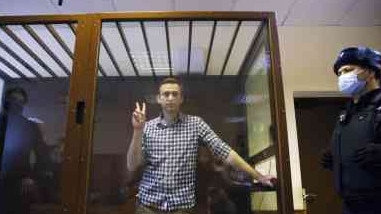
But the idea remains the same: a theatrical, symbolic act of state-sponsored homicide, to send a warning to other would-be opponents, cow the Russian populace and stun the world with its brazen brutality, all suffused with just enough mystery for a shrugging Kremlin denial.
Stalin saw assassination as integral to his foreign policy, the external expression of the Great Terror: dissidents, defectors, spies, ideological heretics, all were potential targets. In 1942 the military intelligence section of the Red Army established a specialised unit to liquidate “anti-Soviet elements”.
Stalin named it Smersh, merging the Russian words smert meaning death and shpionam meaning spies: “death to spies”. As a wartime intelligence officer, Ian Fleming learnt of Smersh, and incorporated it into his James Bond novels.
Putin has gone still further in performative, staged acts of murder. The killings are now preceded by a statement of the assassin’s philosophy, the promise of revenge.
“Traitors will kick the bucket, trust me,” Putin declared in 2010, the year that Sergei Skripal, a Russian intelligence officer who spied for MI6, arrived in Britain after a spy swap. “These people betrayed their friends, their brothers in arms. Whatever they got in exchange for it, those 30 pieces of silver they were given, they will choke on them.”
When Maxim Kuzminov deserted by flying to Ukraine with his Mi-8 helicopter last August, Sergei Naryshkin, the director of Russia’s SVR intelligence service, immediately offered up his epitaph: “This traitor and criminal became a moral corpse at the very moment when he planned his dirty and terrible crime.”

A vital element of the mise-en-scene is to kill the victim in the most quotidian circumstances, ramming home the message that death can come on any day, at any time: waiting for a bus on Waterloo Bridge (Markov), reading in the study (Trotsky), popping out for a pizza (Skripal), sipping tea in Itsu (Litvinenko). But if the setting is humdrum, Russian methods tend to the lurid and dramatic: obscure but traceable poisons, powdered plague, a smuggled bomb in a case of fine wine (Prigozhin).
As in all theatrical productions, timing is essential. Skripal was attacked in 2018 in the run-up to elections, which Putin won. Navalny and Kuzminov have been murdered just before another round of elections, which Putin will also win. There were no secret assassinations under Mikhail Gorbachev or Boris Yeltsin: for Putin, a timed killing or two has become a precursor to re-election, almost a ritual, a reminder, a threat.
The West is united in outrage over Navalny’s murder, dismayed by the ruthlessness of Kuzminov’s killing, and unsurprised by both. But we are not the primary intended audience for Putin’s stage-managed melodrama.
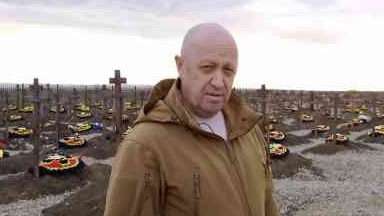
Back in the 1970s, a secret CIA investigation into the “Soviet use of assassination” concluded that KGB killings served a direct political purpose, to “create fear, unrest, confusion and dissension, and at the same time deter others”. And it works. With every murdered enemy, Putin’s grip on his terrified, brutalised people grows tighter.
“We stand for organised terror – this should be frankly admitted,” Felix Dzerzhinsky, the founder of the Soviet secret police, said. “Terror is an absolute necessity.” Of all the lessons he learnt at the Yuri Andropov Red Banner KGB Institute, this was the one the young Putin took most deeply to heart.
But a willingness to kill and kill again to prop up power comes at a psychological price. Stalin ended his life in a state of raging paranoia, convinced that those around him were plotting his murder, just as he had arranged the deaths of so many others.
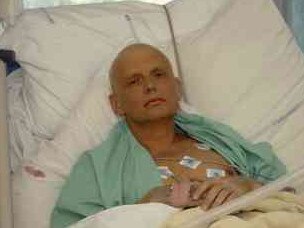
I have met only one Russian state assassin. In 2006 I interviewed Nikolai Khokhlov, a trained KGB killer sent to Germany in 1954 to murder an emigre critic of the Soviet Union. Instead, he defected. Three years later the KGB pounced: Khokhlov was handed a cup of coffee laced with thallium at a conference in Germany. He was rushed to a military hospital, where he was given blood transfusions and injections of steroids. Astonishingly, he survived.
I spoke to Khokhlov in California immediately after the Litvinenko poisoning. That killing, he said, was intended to send the same message as his own attempted murder: “We will get the traitor, wherever he is the world.” Khokhlov understood wet work from both sides: he died of natural causes three weeks after we spoke, the assassin looking over his shoulder, awaiting his own assassination.
It may be small consolation for his trail of death, but as Putin eats breakfast this morning, a part of his black soul will be wondering if his porridge has been poisoned and whether the footsteps in the hall are the approaching Mercader, coming for him.
The Times


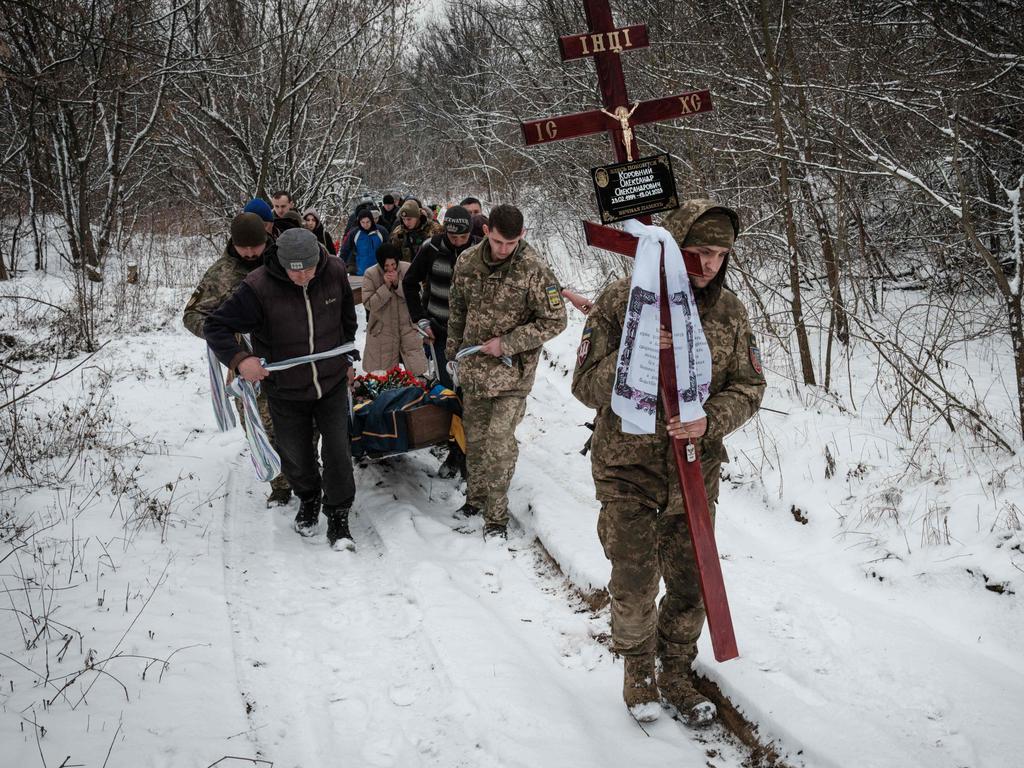
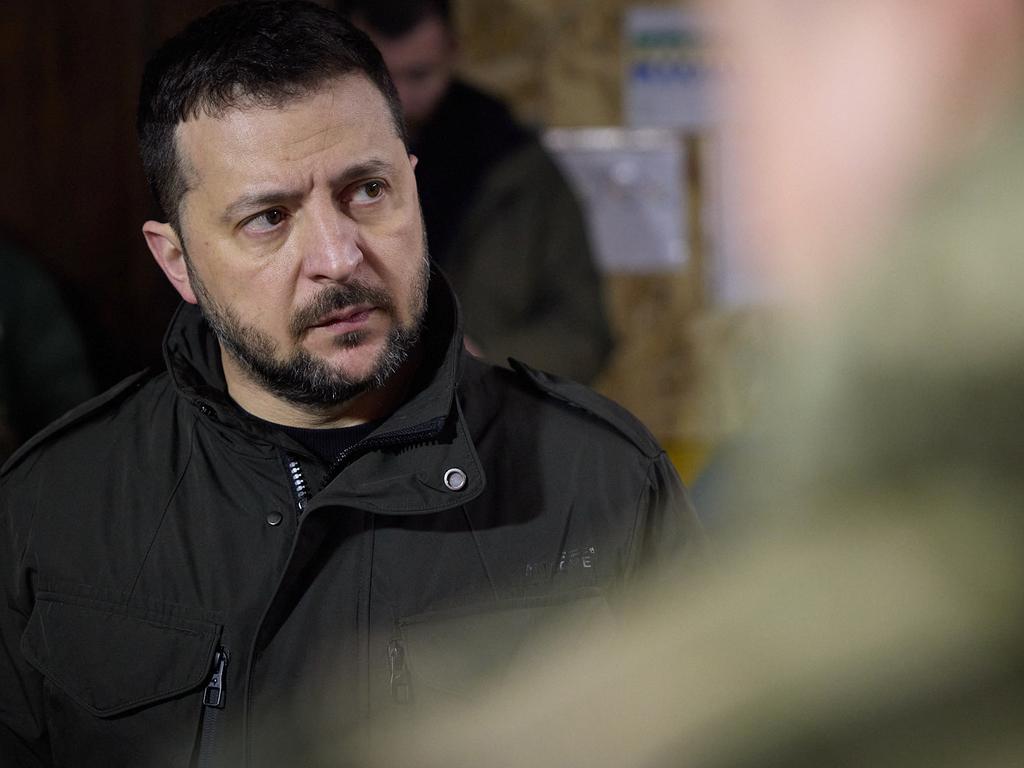



To join the conversation, please log in. Don't have an account? Register
Join the conversation, you are commenting as Logout